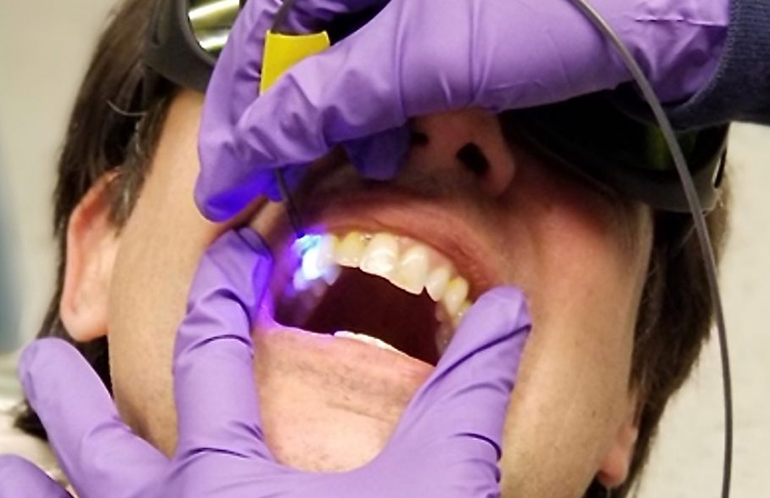As much as we would like to, the truth is human beings can’t solve the entire puzzle in one go. We have to make our way towards that point rather gradually. Now, this approach has its own pros and cons. Talking about the upside, it allows us to aid our growth on every step, except that comes at the possible cost of getting stuck for lengthy periods. Considering we don’t have another option, the conversation quickly boils down to how we can curb these ripple effects emerging from the said downside. In their response, humans actually ended up delivering many different answers to this question. However, if we assess each one properly, we’ll realize that none of them get anywhere near to technology’s level. You see, technology didn’t just remedy a few shortcomings, but it replenished our entire methodology, therefore effectively transforming the way we live our lives. Such a dynamic also gave us an identity of being constantly innovative, and so far, the world has done a phenomenal job in maintaining that newfound stance. While the examples for the same are everywhere, their most important appearances have surely arrived in the medical sector. With groundbreaking medtech principles paving the way, our healthcare sector has gone on to achieve some unbelievable milestones. In fact, by looking at University of Washington’s latest development, we can very well expect it to continue its glorious streak for a long time.
The researching team at University of Washington has successfully developed an optical probe, which is designed to detect the acidity levels of dental plaque. Notably enough, the device allows you to isolate more acidic areas, thus ensuring that the high-risk spots are getting the attention they need. According to certain reports, the optical probe is even equipped to deliver a quantitative assessment of your overall oral health. Assuming the feature is sustainable, it should be able to facilitate early diagnosis, and consequentially, a more mindful treatment for some dental health-related conditions. Even though we are quite vocal about how brushing our teeth without fail can keep us away from any plaque, we don’t bother to go into the depths. To better understand this, you need to know that all plaques aren’t the same. Instead, there are different bacteria types in play here, and it’s the specific bacteria’s acidity level, which reveals the likelihood of a cavity.
“Plaque has a lot of bacteria that produce acid when they interact with the sugar in our food,” said Manuja Sharma, a researcher involved in the study. “This acid is what causes the corrosion of the tooth surface and eventually cavities. So, if we can capture information about the acidic activity, we can get an idea of how bacteria are growing in the dental biofilm or plaque.”
Named as O-pH system, the new device is centered upon measuring acidity levels through fluorescence. The dentist is supposed to start the procedure by applying an FDA-approved dye to the patient’s mouth. Next up, they’ll rinse it off using a fluorescent dye solution before getting the teeth optically scanned. At present, the device is still nothing more than a prototype, but the potential is real.


















